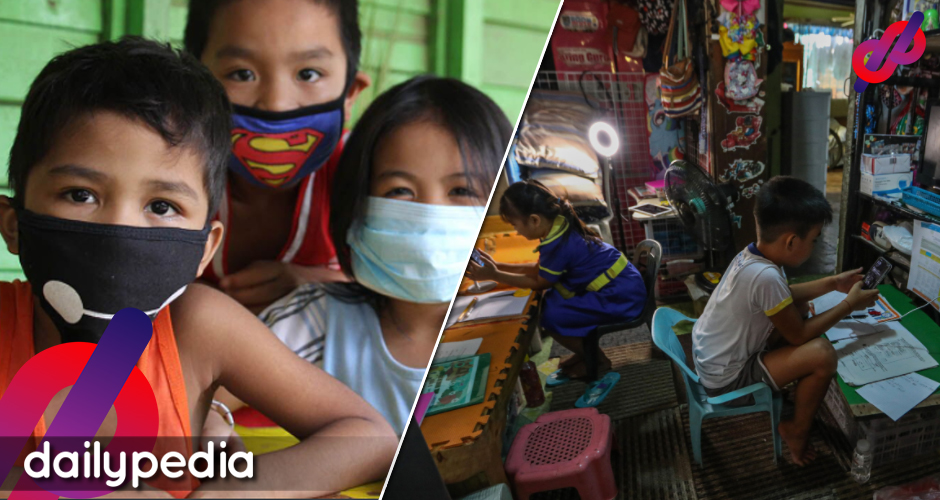The World Bank spearheaded a multicountry assessment that measured students’ learning skills in different areas and regions around the globe.

The Philippines participated in three assessments, namely the Program for International Student Assessment (Pisa) in 2018 as well as the Trends in International Mathematics and Science Study (TIMSS) and the Southeast Asia Primary Learning Metrics (SEA-PLM) in 2019.
Pisa measured the reading, mathematics, and science knowledge of 15-year-olds while TIMSS focused on the math and science proficiency of fourth and eighth-graders. SEA-PLM evaluated the reading, writing, and mathematical skills of those in 5th grade.
The results showed that 80 percent of the students in the Philippines have poor learning as they fell below the level of proficiency expected with students of their respective ages. In all three assessments, the country was ranked below that of nearly all of the participating countries.
According to World Bank, the state of the Philippine education was not in good shape before the pandemic but got worse as soon the COVID-19 spread across the globe.
“There is a crisis in education—which started pre-COVID-19, but will have been made worse by COVID-19.”
Only 10 to 12 percent of those in Grades 4, 5, and 9 fell at or above the minimum proficiency. One of the factors that may have affected the students’ proficiency was the language used when teaching them, like how math and science are both taught in English.
Another factor may be the bullying that occurs in schools. TIMSS found that grade 4 students were the ones who are often exposed to bullying in the country. Pisa also indicated that the Philippines have the highest magnitude of bullying in all participating countries.
Poor health was also considered a hindrance to students’ effective learning as one in three children is malnourished.
“One in three children under the age of 5 is stunted, which is a principal marker of malnutrition,” it said.



